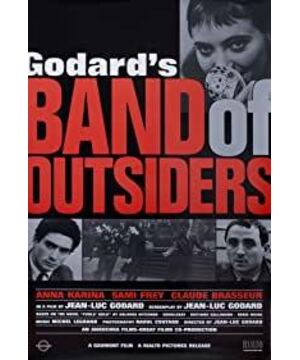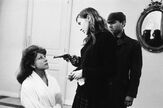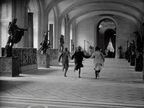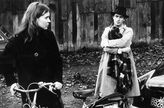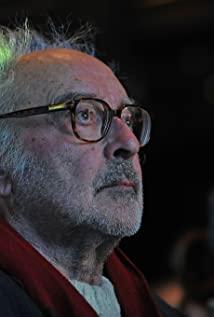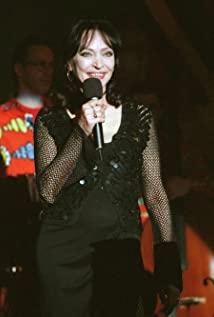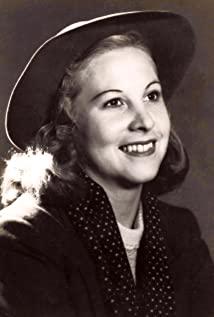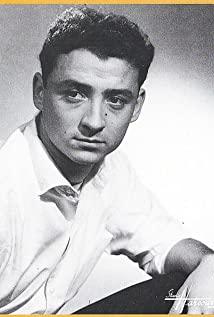From The New Yorker
By Richard Brody
April 4, 2013
It's one of the iconic scenes of the modern cinema, part of a movie that its director has called one of his worst and to which he soon responded with a work of analytical and politicized modernism. But the scene itself is, in its way, a surprising work of modernism—I'm referring, of course, to the line dance done in a café by Anna Karina, Sami Frey, and Claude Brasseur in Jean-Luc Godard's “Band of Outsiders”—and this clip, of its production ( that my colleague John Bennet sent along), suggests a practical basis for its most original fillip of invention.
First, the substance of the clip itself (the commentary and interview are in French, unsubtitled). The commentator says that the cast and crew have gathered to shoot the scene “in a bar at Vincennes, at the busiest hour,” which explains why a crowd of onlookers is pressing close to the rail that separates the rest of the café from the part, right nearby, where the shoot is taking place. Godard himself hosts the television report like a sort of puckish master of ceremonies, doing the clap himself and calling the second take (“the sound was bad, it’s for television”). The interviewer asks Godard about the title of the film: “Why do your characters form a band of outsiders—in other words, how do they distinguish themselves from others?” Godard answers, “I'd say rather that they are normal people; people distinguish themselves fromthem .” He says that the movie is based on a “ fait divers ” (“news in brief” or “crime blotter”), and adds, “I wanted to call it—it could as easily be called 'Fait Divers.' "
The dance starts two minutes in; it's fascinating to note that the café patrons press so close to it and all the more remarkable to hear the music on the jukebox to which they're dancing— John Lee Hooker's “Shake It Baby ” (thanks to Shazam, as John let me know). Compare the sequence as seen in the finished film(which isn't the same take—it features more patrons and a busy waiter in the background). The music that's heard on the soundtrack is composed by Michel Legrand and is conspicuously dubbed in—and the dance doesn't catch its beat perfectly , or, rather, vice versa. I wonder whether the question was one of rights—whether the production (and the movie has an American producer, Columbia Pictures) was unable or unwilling to get rights to the song, or whether Godard himself (who was administering the hundred-thousand-dollar budget through his own production company) had little interest in doing so.
I can't help wondering whether, since the music is dubbed in, so are the claps, foot-stamps, and finger-snaps (because, of course, if another piece of music was playing in the café, there would be no way to remove it from the soundtrack while keeping the other ambient sounds)—or whether, for the take used in the film, there was no music playing at all, and the trio did their dance to the time of music playing in their minds. It would be all the more remarkable, inasmuch as none of the three actors—they're now all in their seventies—is a trained dancer (they rehearsed that scene every day for a month before filming it).
In any case, the greatest flourish in the sequence is one involving the soundtrack. The music cuts out, and Godard speaks, in voice-over: “Now it's time to open a second parenthesis, and to describe the emotions of the characters.” It cuts out three more times, and here's what Godard says about each of the characters. First, Brasseur's: "Arthur [Brasseur] keeps looking at his feet but he thinks about Odile's mouth, about her [or, maybe, his] romantic desires .” Then, Karina's: “Odile is wondering whether the two boys noticed her two breasts, which move beneath her sweater with every step.” Finally, Frey's: “Franz is thinking of everything and nothing. He doesn't know whether the world is becoming a dream or the dream, a world.” And that's what distinguishes this notable sequence from its imitators and tributaries, whether scenes byQuentin Tarantino or by Hal Hartley or this one , from a movie I've never seen, “The Go-Getter,” by Martin Hynes.
For that matter, it distinguishes the scene from so many scenes in so many films where so many filmmakers are so concerned with bringing out their characters' emotions solely by means of action. The fussily naturalistic framework of most movies by most filmmakers is more or less rendered obsolete in advance by this little scene. Filmmakers unwilling to break the sacrosanct continuity of action compel themselves to reveal character through action—and little is more tiresome in movies than scenes showing action that is supposed to reveal some aspect of character. That's why many movies—and many wrongly hailed—give a sense of being constructed as illustrations of script elements, the connections of dots planted in just the right place to yield a particular portrait.Godard's example is as much a lesson in substance as in style—in composition through fragmentation, in expression through directness and audacity, of artistic impulse combining with necessity as a means to enduring innovation. Whatever an experimental film might be, this sequence is one— it's an experiment the discoveries of which have yet to be fully assimilated by the world of filmmakers, almost half a century later.
Richard Brody began writing for The New Yorker in 1999. He writes about movies in his blog, The Front Row . He is the author of “Everything Is Cinema: The Working Life of Jean-Luc Godard .”
View more about Band of Outsiders reviews


